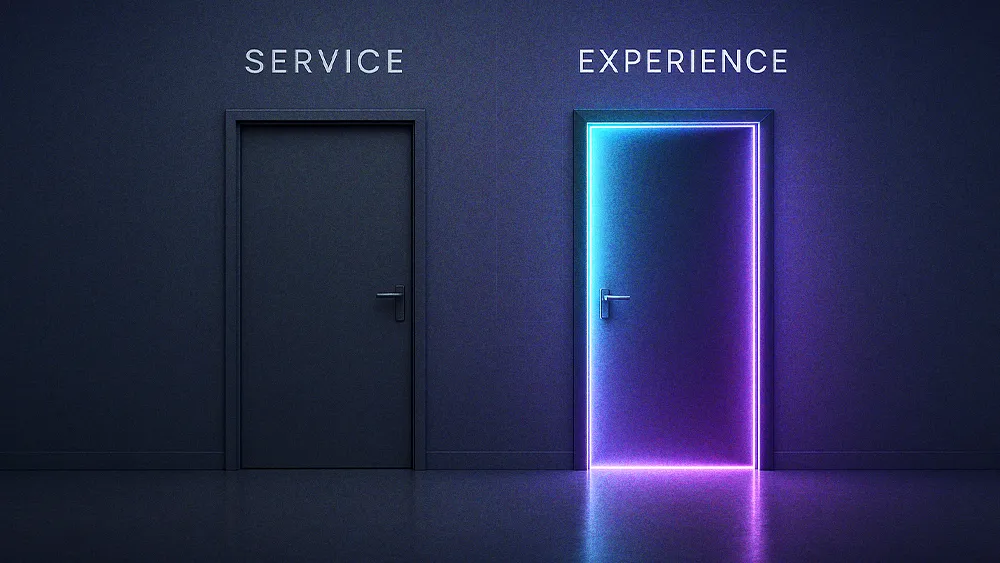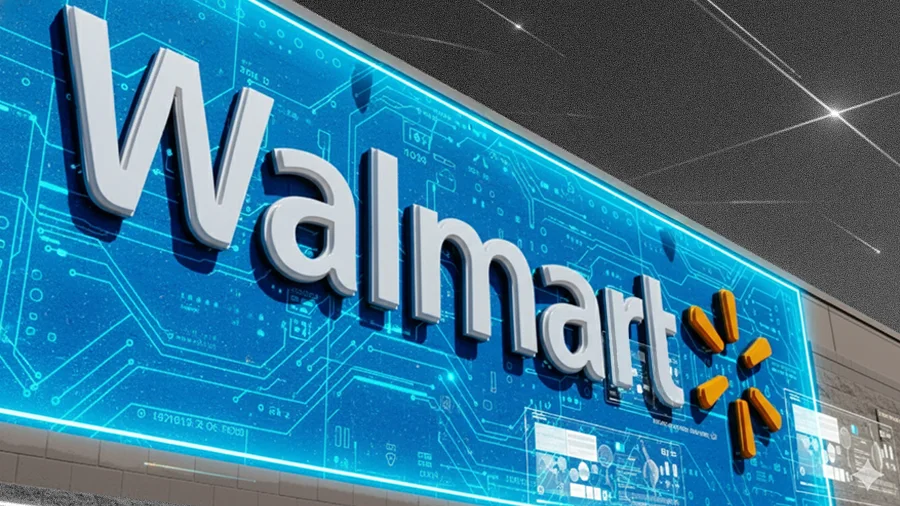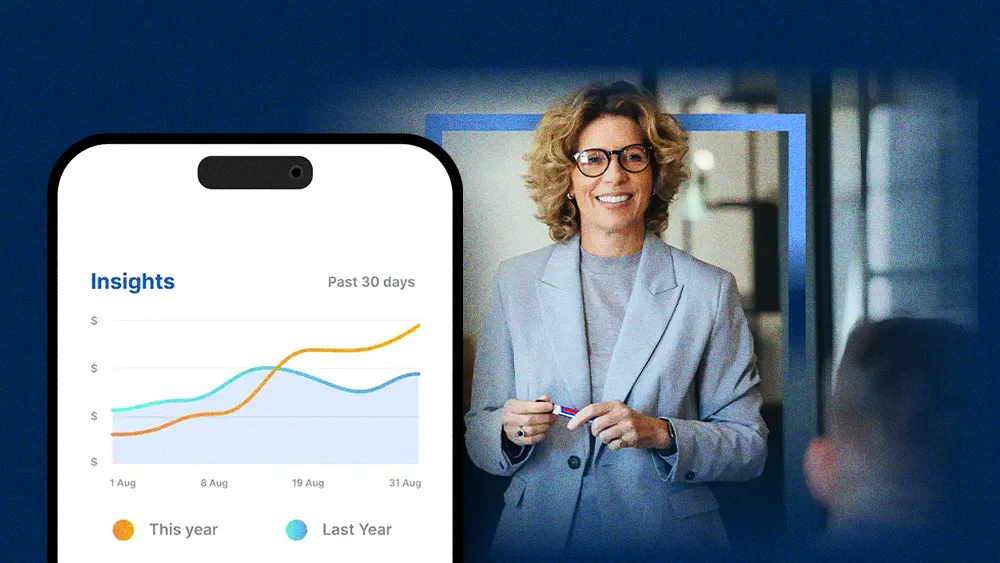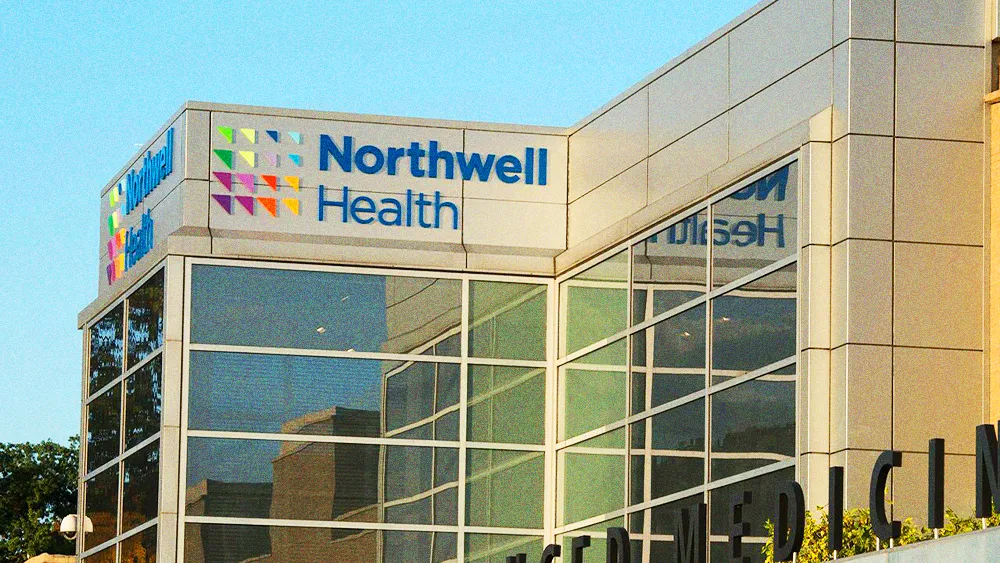
All articles
How Community Flywheels Drive Brand Loyalty and Competitive Advantage
Jae Washington, Head of Community at Headspace, explains why so many brands today treat community as a marketing buzzword instead of a strategic tool to build trust, drive customer retention, and create a lasting competitive advantage.
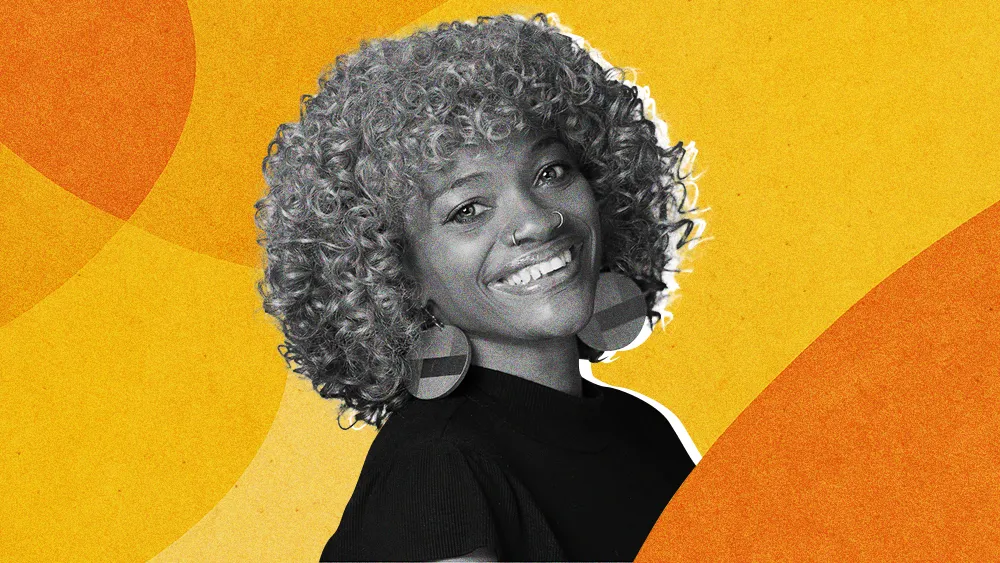
Key Points
Many brands today treat community as a marketing buzzword instead of a strategic tool to build trust, drive customer retention, and create a lasting competitive advantage.
Jae Washington, Head of Community at Headspace, uses her background as a mental health coach to help her translate human feelings like trust and belonging into measurable business results.
Her B.E.I.N.G. framework provides a step-by-step model to build the psychological safety required for sustainable partnerships and long-term customer loyalty.
AI should be used as a support tool to help overworked community teams and prevent burnout, Washington concludes, not to replace the essential human connection with customers.
The difference between you and a competitor is that trust, that psychological safety, that partnership. That's where you see the dollars and cents.
Community is a popular tactic for many organizations. But for the most successful brands, it's a core infrastructure. Now, some leaders are using a model called the "community flywheel" to re-evaluate the importance of community as an underlying system for loyalty and trust. Still, experts caution, simply adopting the language of community often isn't enough.
For an insider's perspective, we spoke with Jae Washington, Head of Community for Enterprise Experiences at Headspace, a mental health app. Here, she leads initiatives for B2B customers while also running her own mindful leadership coaching consultancy, Birdie in the Hand, LLC. But her playbook for turning connection into a competitive advantage looks different from most.
The key to Washington's methodology lies in a credential not often found in a business leader’s bio: Washington is a trained mental health coach. For her, this background provides a human-first framework for translating abstract feelings like trust and belonging into measurable business outcomes. It’s a philosophy she's cultivated as a self-described “nomadic” professional, giving her a global view of what truly makes a brand stick.
So, what is the business case for building an authentic community? Washington's answer is immediate: it's a primary driver of competitive advantage, directly influencing the customer lifecycle and delivering a measurable return.
The ultimate differentiator: The feeling fostered by community creates a moat that price or features can’t easily overcome. "The difference between you and a competitor is that trust, that psychological safety, that partnership. That's where you see the dollars and cents."
Delivering better leads: In a community setting, conversations happen without transactional pressure, allowing authentic needs to surface. This environment naturally filters for customers who value partnership over a hard sell, attracting what Washington calls a more informed consumer. "Today's consumers can instantly spot a 'snake oil salesman' versus someone genuinely interested in their needs. Community provides the space to prove you are the latter."
Mastering the art of "no": The goal shifts from short-term acquisition to long-term health. A community-rooted conversation gives a business the confidence to disqualify a potential customer if the partnership isn't right, saving resources and preventing future churn. "An honest conversation might determine that you aren't the ideal choice for a customer. That's a success, because it saves you from a partnership that would have ended in dissatisfaction and churn anyway."
But achieving that partnership isn't as simple as launching a forum. According to Washington, the disconnect often stems from a fundamental misunderstanding: brands treat 'community' as a marketing vocabulary to be adopted, rather than a strategic foundation to be built.
Capital vs. lowercase: Many brands mistakenly believe a community can be built in "30, 60, or 90 days," Washington explains. "When community is treated as just language, it's all smoke and mirrors. That’s the lowercase 'c' community. It’s using the words without doing the work of designing a real, capital 'C' strategy."
The first step to building a "Capital C" community is creating what she calls "stickiness": the deep connection that makes a brand memorable. At her consultancy, Washington teaches a framework called B.E.I.N.G., designed to build that sustainable relationship from the ground up.
A new state of B.E.I.N.G: The Belonging, Equity, Integrity, Narrative, and Growth framework is sequential. Washington explains how it begins with Belonging ("seen, heard, supported") and redefines Equity beyond money to include "psychological equity," proactively dismantling a common corporate fixation. "Brand loyalty and revenue are the natural byproduct of getting the human part right, of creating psychological safety where people feel heard and seen."
First foundation, then growth: Once the foundation of Belonging and Equity is established, then the community earns the right to have difficult conversations, Washington says. "Once people trust you, you can move into integrity. You need that buy-in before you can build anything sustainable."
To illustrate, Washington shares an example from her work at Headspace, where she assembled a "community council" of senior leaders. "We created a professional petri dish to see what it looks like when leaders talk across industries about nuanced challenges like mental health and loneliness."
A safe cocoon: The intentional, trust-first approach created an environment where members felt secure enough to be vulnerable, Washington explains. "A community can become a safe cocoon where challenges that would never bubble up in traditional ways can finally surface."
For Washington, facilitating this trust first depends on translating unspoken feelings into strategy. She explains this art through an analogy that reframes the customer dynamic: "The individual is the expert of their own situation. We are the support. Think of it like a GPS versus a driver. The driver can decide which direction to take at any point. The GPS is just there to support if needed."
When it comes to the future, Washington says she's most excited about how new tools, including AI, can support overworked community professionals. For her, the most immediate value lies in handling burdensome administrative tasks to help prevent burnout, so common in roles that carry significant emotional and organizational weight. "Many community managers are teams of one. AI can assist them with administrative tasks so they can do more without extending themselves beyond their mental bandwidth."
In conclusion, however, Washington draws a firm line. Pointing to the high-stakes example of AI in therapy as proof of its limitations, she cautions, "AI is a support tool, not a replacement. It will never replace human connection because it is not equipped to handle the nuances of the human experience."


